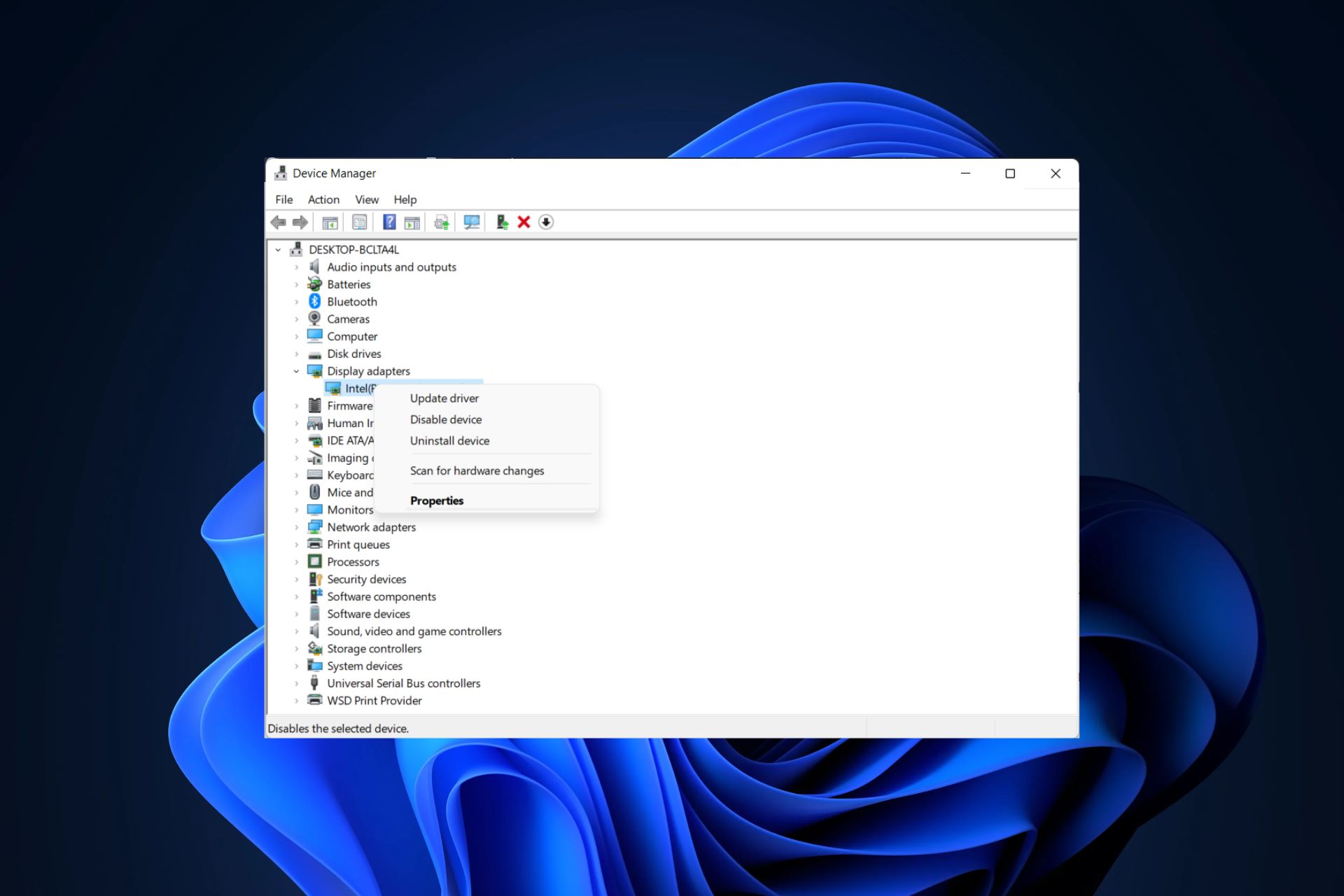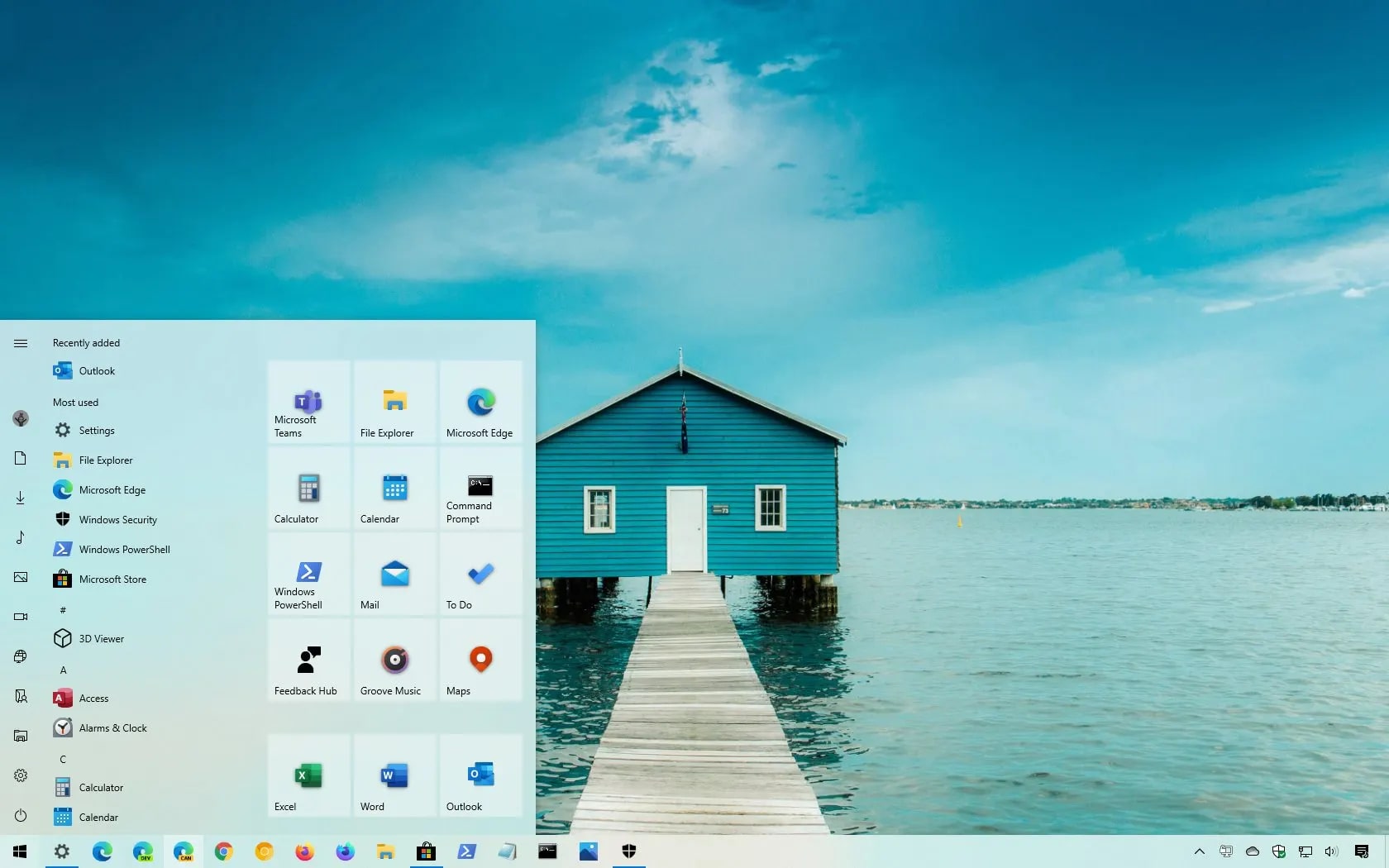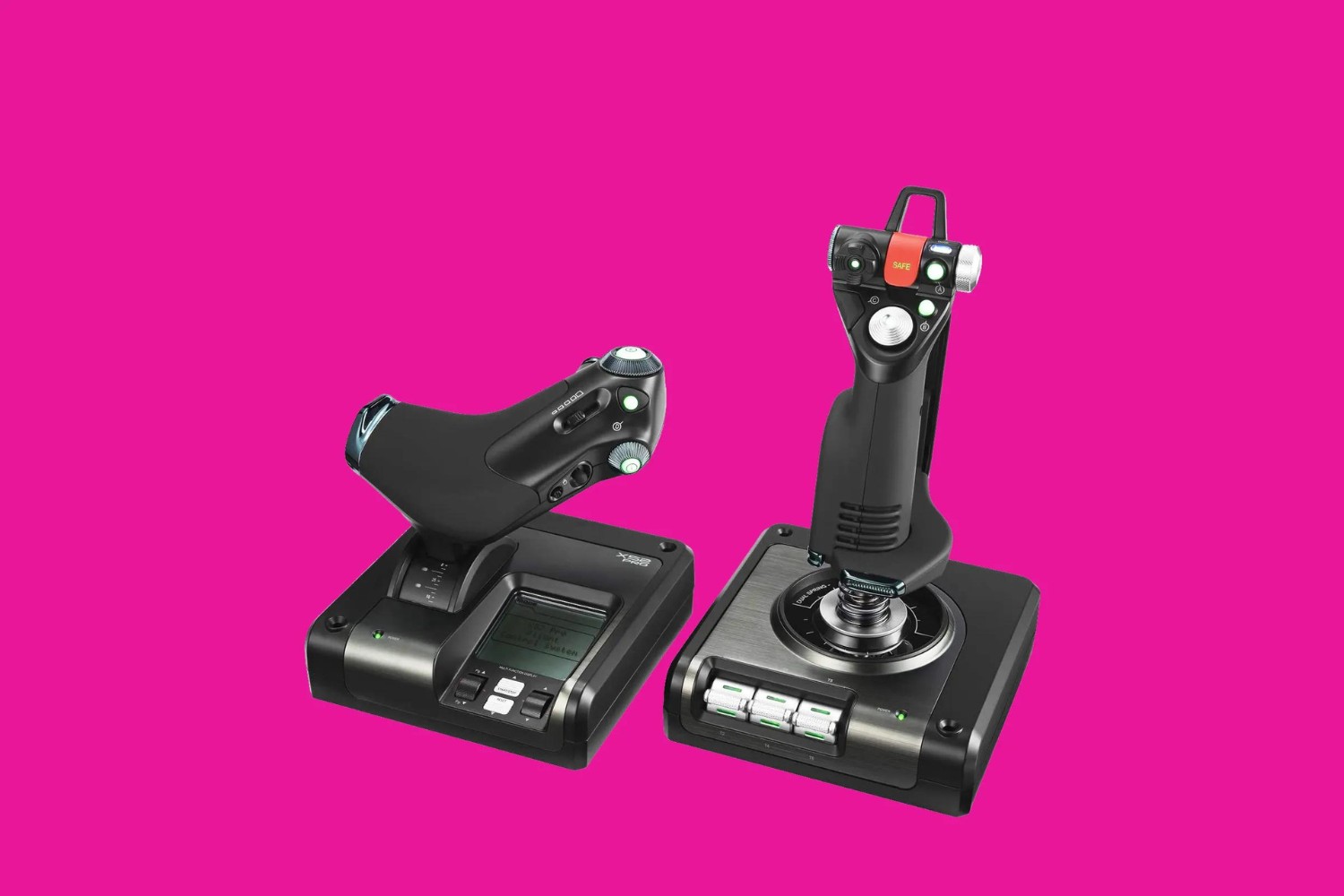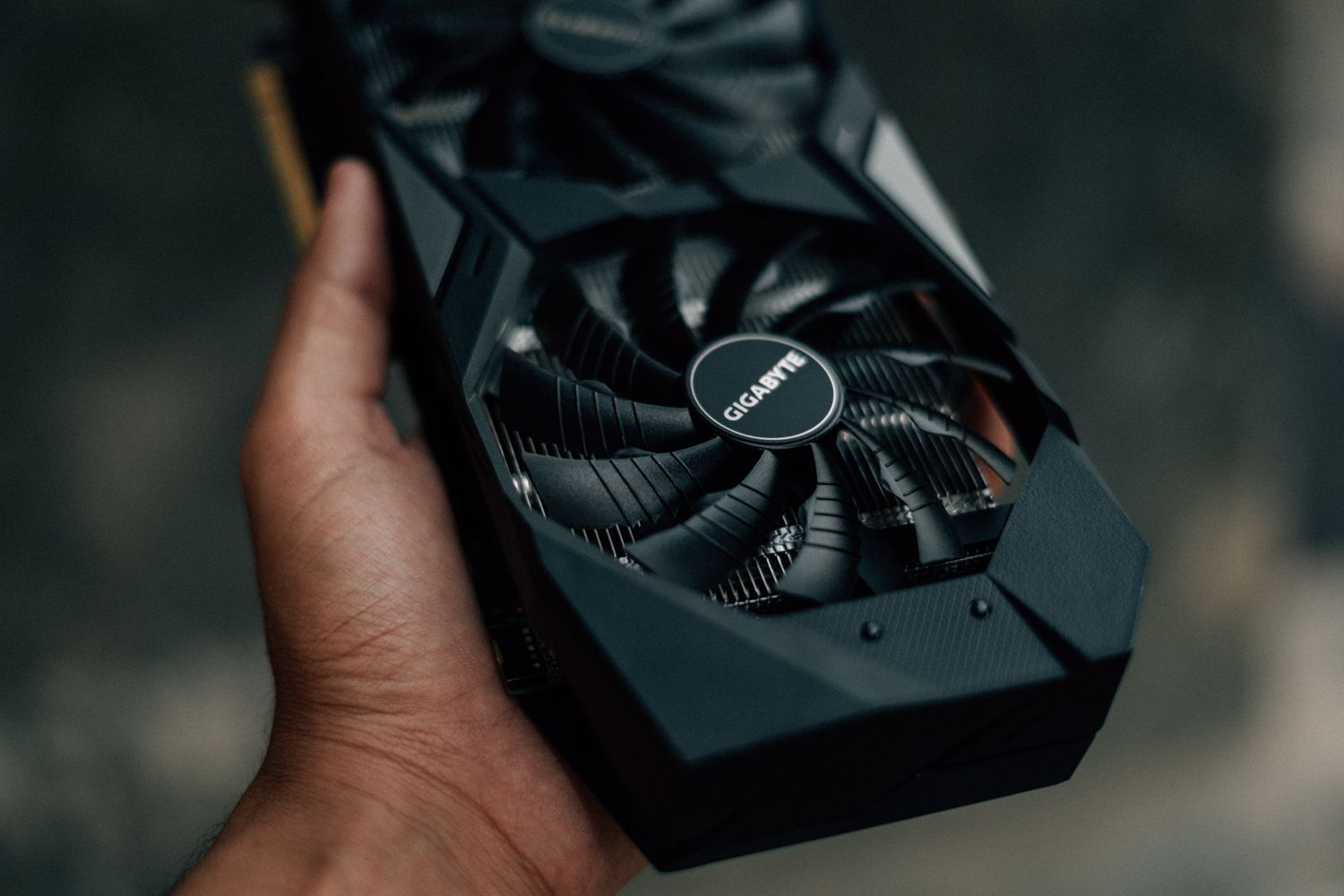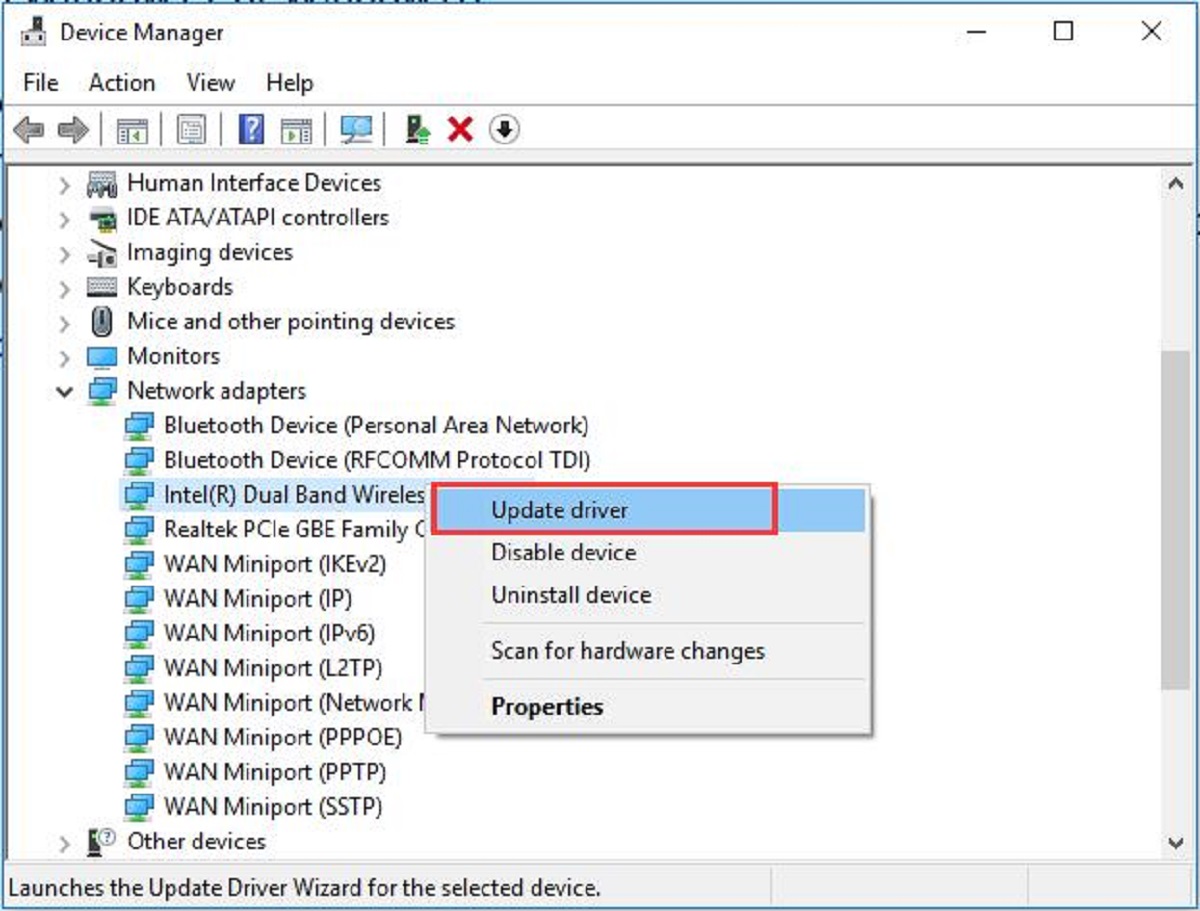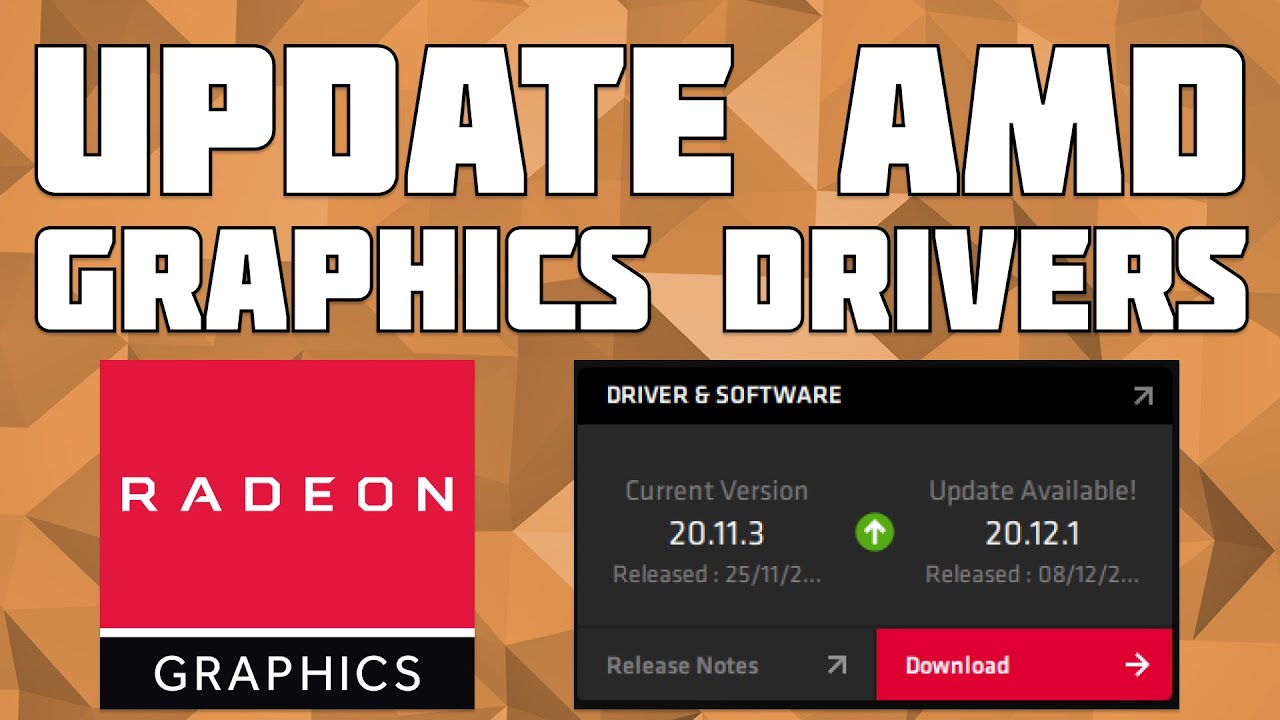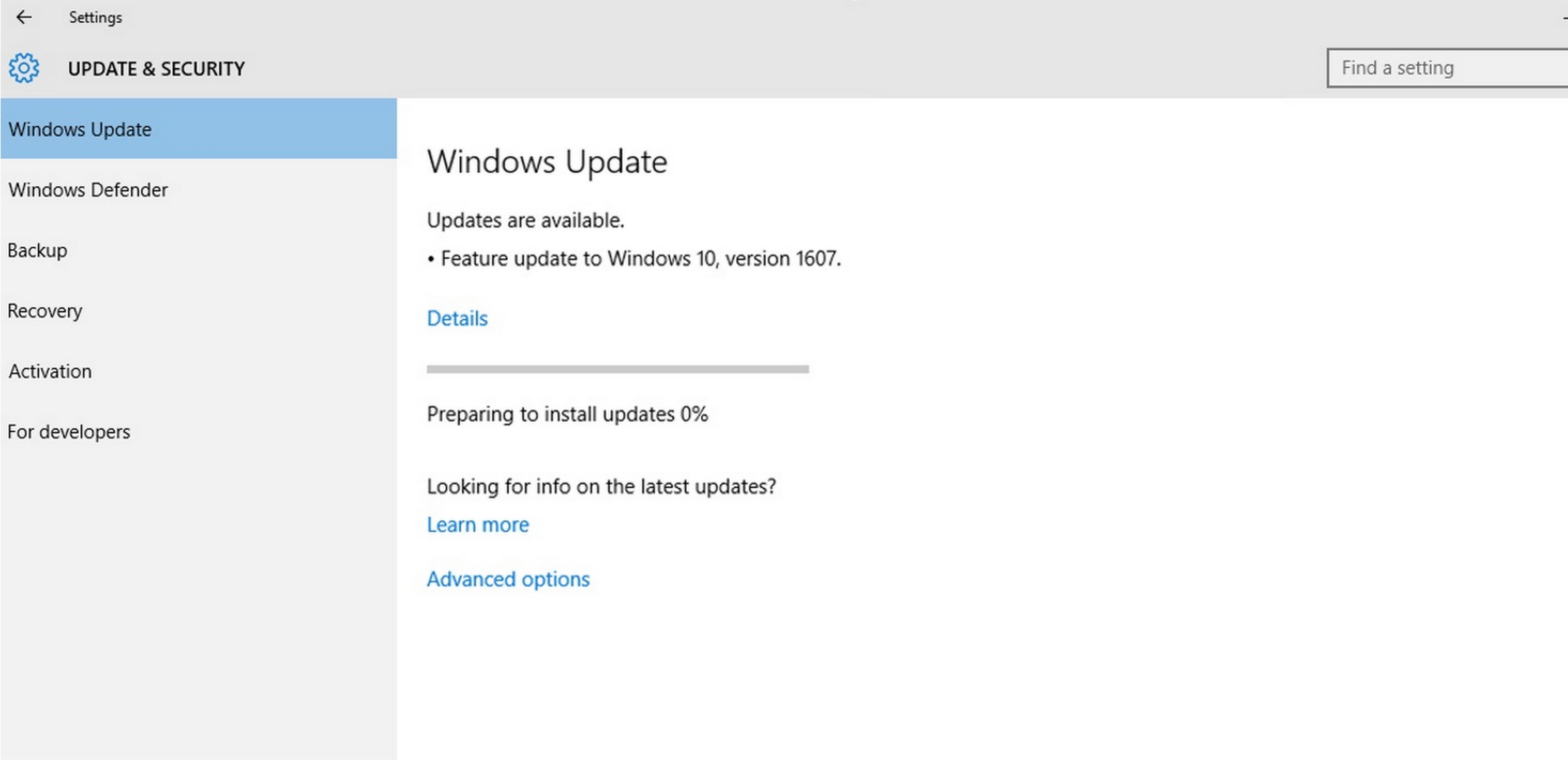Introduction
Updating your Windows drivers is an essential task that can greatly improve your computer’s performance and ensure optimal functionality. Drivers are software programs that allow your computer’s operating system to communicate with various hardware devices, such as printers, graphics cards, and network adapters.
Over time, manufacturers release updates for drivers to fix bugs, improve stability, and introduce new features. By keeping your drivers up to date, you can enhance the compatibility and reliability of your hardware, resulting in smoother operation and fewer issues.
In this article, we will explore the importance of updating your Windows drivers and guide you through different methods to easily check for updates. Whether you are a novice or an experienced computer user, understanding how to keep your drivers updated is crucial in optimizing your system’s performance and ensuring a seamless user experience.
By the end of this article, you will have the knowledge and resources to effectively update your Windows drivers, enabling your computer to run efficiently and effectively.
Why should you update your Windows drivers?
Keeping your Windows drivers up to date is vital for several reasons. Here are the key benefits of regularly updating your drivers:
- Improved performance: Driver updates often include performance enhancements, bug fixes, and optimizations. By installing the latest drivers, you can experience improved speed, responsiveness, and overall system performance.
- Enhanced compatibility: As new software and hardware technologies emerge, drivers need to be updated to ensure compatibility. By keeping your drivers up to date, you can avoid compatibility issues and ensure smooth operation with the latest programs and devices.
- Bug fixes and stability: Driver updates often address known issues and bugs. By installing the latest drivers, you can minimize system crashes, freezes, and other stability issues that may result from outdated or incompatible drivers.
- New features and functionality: Manufacturers frequently release driver updates to introduce new features and functionalities to enhance the performance and capabilities of hardware devices. By updating your drivers, you can take advantage of these new features and enjoy an improved user experience.
- Security patches: Outdated drivers can leave your system vulnerable to security threats. Driver updates often include security patches that protect your computer from potential vulnerabilities. By keeping your drivers up to date, you can ensure a more secure computing environment.
Overall, updating your Windows drivers is crucial for optimizing system performance, ensuring compatibility with new software and hardware, and maintaining a secure and stable computing environment. Now that we understand the importance of updating drivers, let’s explore different methods to check for and install driver updates.
How to check for driver updates
Checking for driver updates in Windows is a straightforward process that can be done using various methods. Here are three common methods you can use to check for and install driver updates:
Method 1: Using Windows Update
Windows Update is a built-in feature in Windows operating systems that allows you to download and install important updates, including driver updates. Here’s how to check for driver updates using Windows Update:
- Open the Start menu and search for “Windows Update”.
- Click on “Windows Update settings” to open the Windows Update control panel.
- Click on “Check for updates” to search for available updates.
- If any driver updates are available, they will be listed under the “Optional updates” section.
- Select the driver updates you want to install and click on “Install” to begin the installation process.
- Follow the on-screen instructions to complete the installation.
Method 2: Downloading drivers from manufacturer websites
Many hardware manufacturers provide driver updates on their official websites. To check for driver updates using this method:
- Determine the make and model of the hardware device for which you want to update the driver.
- Visit the manufacturer’s website and navigate to the support or drivers section.
- Search for the drivers for your specific device model and download the latest driver available.
- Run the downloaded driver file and follow the on-screen prompts to install the updated driver.
Method 3: Using third-party driver update software
Alternatively, you can use third-party driver update software to simplify the process of checking for and installing driver updates. These software tools scan your system, identify outdated drivers, and provide a convenient way to download and install the latest updates. Some popular third-party software options include Driver Booster, Driver Easy, and Snappy Driver Installer. Here’s how to use a third-party driver update software:
- Download and install the driver update software of your choice.
- Launch the software and initiate a system scan.
- Review the scan results and look for any outdated drivers.
- Select the drivers you want to update and click on the “Update” or “Download” button.
- Follow the on-screen instructions to complete the installation of the updated drivers.
By using these methods, you can easily check for driver updates and ensure that your system is running with the latest driver versions. However, there are a few things to consider before updating your drivers, which we will discuss in the next section.
Method 1: Using Windows Update
Windows Update is a built-in feature in Windows operating systems that allows you to download and install important updates, including driver updates. This method is convenient and ensures that you have the latest Microsoft-recommended driver versions. Here’s how to check for driver updates using Windows Update:
- Open the Start menu and search for “Windows Update”.
- Click on “Windows Update settings” to open the Windows Update control panel.
- Click on “Check for updates” to search for available updates.
- If any driver updates are available, they will be listed under the “Optional updates” section.
- Select the driver updates you want to install and click on “Install” to begin the installation process.
- Follow the on-screen instructions to complete the installation.
Windows Update will automatically scan your system and check for available driver updates. It is recommended to regularly check for updates to ensure that your drivers are up to date.
One advantage of using Windows Update is that it simplifies the process by offering a centralized location for all driver updates. It eliminates the need to manually search for drivers on manufacturer websites.
However, it’s essential to note that Windows Update may not have the latest drivers for all hardware devices. In some cases, manufacturers release driver updates directly on their websites before they become available on Windows Update. Therefore, if you encounter any issues or need specific drivers, it’s worth exploring other methods, such as downloading drivers from manufacturer websites.
Another point to consider is that Windows Update only provides drivers that are digitally signed and approved by Microsoft. While this ensures stability and compatibility, it may not include specialized or beta drivers. If you require specialized drivers for advanced features or beta testing, it’s recommended to download them from the manufacturer’s website directly.
Overall, using Windows Update is a convenient way to check for and install driver updates, especially for Microsoft-recommended drivers. However, if you need specific or specialized drivers, it’s worth exploring other methods, such as downloading drivers from manufacturer websites or using third-party driver update software. This allows you to ensure that your system has the most up-to-date drivers for optimal performance and functionality.
Method 2: Downloading drivers from manufacturer websites
Many hardware manufacturers provide driver updates on their official websites. This method allows you to directly obtain the latest drivers specifically designed for your hardware device. Here’s how to check for driver updates using this method:
- Determine the make and model of the hardware device for which you want to update the driver.
- Visit the manufacturer’s website and navigate to the support or drivers section.
- Search for the drivers for your specific device model and download the latest driver available.
- Run the downloaded driver file and follow the on-screen prompts to install the updated driver.
Downloading drivers from manufacturer websites ensures that you have the most up-to-date drivers specifically tailored for your hardware. This can result in improved compatibility, performance, and stability.
When visiting manufacturer websites, it’s important to ensure that you are on the official website to avoid downloading drivers from unreliable sources. Be cautious of third-party websites that might offer drivers, as they may provide outdated or incompatible versions.
If you are not sure about the exact make and model of your hardware device, you can check the device manager in Windows. To access the device manager, right-click on the Start menu and select “Device Manager.” In the device manager window, expand the relevant category and look for the device for which you need drivers. Right-click on the device, select “Properties,” and navigate to the “Details” tab to see the device details, including the hardware ID.
Once you have identified the make and model of your device, head over to the manufacturer’s website and search for the drivers in the support or drivers section. Look for the drivers specific to your operating system version and download the latest available version.
After downloading the driver, run the installation file and follow the on-screen instructions to complete the installation process. Make sure to restart your computer if prompted, as some driver installations may require a system reboot for the changes to take effect.
Downloading drivers from manufacturer websites is a reliable method to ensure that your hardware devices have the latest drivers, optimized for performance and compatibility. However, it can be time-consuming to manually search for drivers on multiple manufacturer websites, especially if you have several hardware devices.
If you prefer a more streamlined approach to update your drivers, you can consider using third-party driver update software, which we will discuss in the next section. These software tools scan your system, identify outdated drivers, and provide a convenient way to download and install the latest updates.
Method 3: Using third-party driver update software
If you prefer a more automated and convenient approach, you can use third-party driver update software to check for and install driver updates. These software tools simplify the process by scanning your system, identifying outdated drivers, and providing a streamlined method to download and install the latest updates. Here’s how to use third-party driver update software:
- Download and install the driver update software of your choice.
- Launch the software and initiate a system scan.
- Review the scan results and look for any outdated drivers that need updating.
- Select the drivers you want to update and click on the “Update” or “Download” button.
- Follow the on-screen instructions to complete the installation of the updated drivers.
Third-party driver update software, such as Driver Booster, Driver Easy, and Snappy Driver Installer, utilize comprehensive driver databases to provide an extensive range of driver updates. These tools automatically scan your system and compare the installed drivers with the latest versions available in their databases.
When using third-party driver update software, it’s essential to choose a reputable and trustworthy tool. Look for software that has positive user reviews and a history of reliable performance.
One advantage of using third-party driver update software is that it saves time and effort by scanning your system for outdated drivers and providing a convenient solution for updating them. These tools often offer a one-click update feature, allowing you to easily update multiple drivers at once.
However, it’s important to exercise caution when using third-party software since they rely on their own databases and may not always provide the most up-to-date drivers. It’s recommended to manually verify the updates and double-check them with the manufacturer’s website to ensure accuracy and compatibility.
Furthermore, some third-party driver update software may offer additional features such as driver backup, restore points, and system optimization tools. These can be useful in case you need to roll back a driver installation or optimize your system’s performance.
Using third-party driver update software can be a convenient and time-saving method to keep your drivers up to date. However, it’s important to research and choose a reliable tool, and verify the driver updates for accuracy and compatibility with the manufacturer’s website.
Now that we’ve covered different methods to check for and install driver updates, let’s discuss some important considerations before updating your drivers.
Things to consider when updating drivers
Before updating your drivers, there are a few important considerations to keep in mind. These factors can help ensure a smooth and successful driver update process:
- Verify compatibility: Before updating a driver, it’s crucial to verify its compatibility with your hardware device and operating system. Check the manufacturer’s website or documentation to ensure that the specific driver version you are installing is compatible with your device and system.
- Create a backup: While driver updates are generally safe, unforeseen issues can sometimes occur. It’s wise to create a backup of your important files and system settings before proceeding with any driver updates. This ensures that you have a restore point in case anything goes wrong during the update process.
- Read release notes: Take the time to read the release notes or changelog associated with a driver update. These notes often provide important information about the changes, improvements, and potential issues addressed by the update. Understanding these details can help you make informed decisions about whether to update a specific driver or not.
- Use official sources: Always download drivers from official sources, such as the manufacturer’s website or reputable software distribution platforms. Avoid downloading drivers from questionable websites or sources, as they may contain malware or outdated versions that could harm your system.
- Consider stability versus new features: When deciding whether to update a driver, consider whether the update primarily improves stability or introduces new features. If your system is running smoothly and the driver update mainly focuses on new features that you don’t need, you may choose to stick with your current driver version for stability reasons.
- Follow installation instructions: Each driver update may have specific instructions for installation. Follow the provided instructions carefully to ensure a successful installation. This may include restarting your computer, disabling antivirus software temporarily, or connecting your device at the appropriate time during the installation process.
- Regularly check for updates: Drivers continue to evolve, and manufacturers periodically release updates to address issues and improve performance. Make it a habit to regularly check for driver updates, especially after major system updates or hardware changes.
By considering these factors, you can approach driver updates in a more informed and cautious manner. Remember that updating drivers can have a significant impact on your system’s performance and stability, so it’s essential to proceed with care and ensure the compatibility and reliability of the updates.
Now that you have a better understanding of the considerations involved in updating drivers, you are ready to maintain your system’s drivers at their optimal versions and enjoy the benefits of improved performance and functionality.
Conclusion
Updating your Windows drivers is a critical aspect of maintaining optimal system performance, stability, and compatibility. By regularly checking for and installing driver updates, you can ensure that your hardware devices communicate effectively with your operating system, resulting in improved performance and a smoother user experience.
In this article, we discussed three methods to check for and install driver updates. Using Windows Update allows you to conveniently access Microsoft-recommended driver updates, while downloading drivers from manufacturer websites ensures that you have the latest versions specifically designed for your hardware. Third-party driver update software offers a more automated and streamlined approach, making it easier to keep your drivers up to date.
Before updating your drivers, it’s important to verify compatibility, create backups, and read release notes to understand the changes and improvements offered by the updates. Additionally, it’s crucial to download drivers from official sources and follow the installation instructions provided by the manufacturer.
Remember to regularly check for driver updates to ensure that you are benefiting from the latest performance enhancements, bug fixes, and security patches. Keeping your drivers up to date is an ongoing process that can significantly enhance your computer’s performance and ensure optimal functionality.
With the knowledge and resources gained from this article, you now have the ability to effectively update your Windows drivers, allowing your computer to run efficiently and effectively. By staying proactive in your driver update efforts, you can maximize the potential of your hardware devices and enjoy a seamless computing experience.







